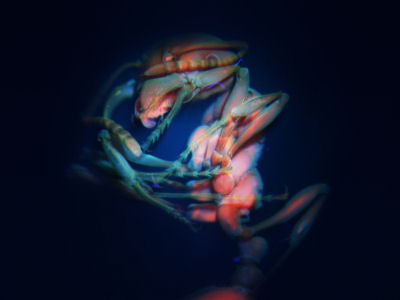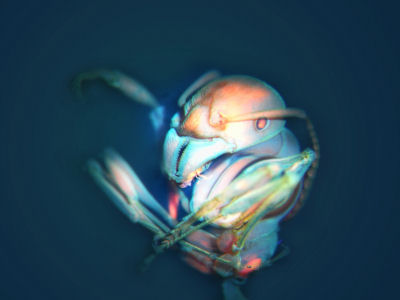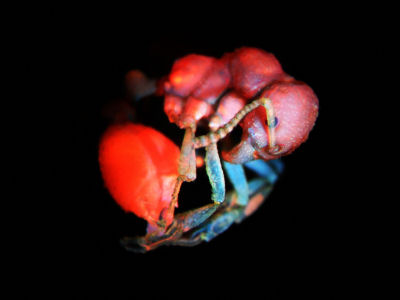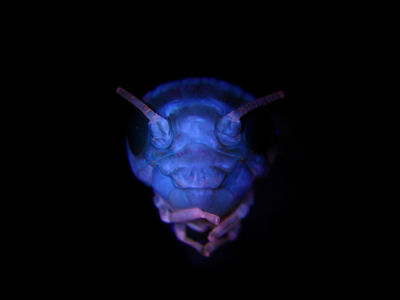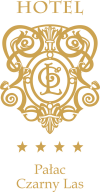|
Strona archiwalna!
Ta strona zawiera treści archiwalne, które nie były zmieniane po 23 września 2019 r. Jeśli chcesz wiedzieć więcej zapoznaj się z deklaracją dostępności
|
||||||
archiwum
 2006 2006
 2008 2008
 2010 2010
 2012 2012
 2014 2014 |
||||||

| ||||||
 |
 |
|||||

|
||||||
| strona główna założenia regulamin kalendarium wskazówki pobierz jury rejestracja zgłoszone projekty galeria gallery | archiwum kontakt | |||||
Description popularizing the research project For ages men have been trying to find the ultimate outfit for special tasks. Outfit in which it would not be neither too cold nor too hot. Outfit which would be lightweight yet durable for a long march or heavy duties. Outfit which would be soft and elastic yet flexible, which would be bulletproof and would not limit mobility, which would shape the body, which would be impregnable to toxins and protect against germs, or to put it simply: which would be a smart outfit. Plethora of solutions were invented, from protective suits to sports suits, yet it seems that it is just the very beginning. Meanwhile, the nature has known the perfect solutions for millions of years in form of chitin armours protecting bodies of innumerable arthropods. Rigid cuticle passes the test when the wearer is crushed or falls from the height. It protects against drying, pathogens and some of chemicals. Muscles are attached to it, hence, it does not limit incredible mobility of the creatures: in the places where the body bends it is flexible, in other places - rigid and strong. And in the place it protects eyes it is transparent. Ideal combination of needs and solutio Abstract The ability to visualise complex structures in biological material is one of the most basic tools used in biology. It is the field of constant development and innovation. Modern imaging tech-niques enable deeper and more precise insight into internal organisation of organic samples, however in some occasions dedicated preparation procedure is required. Insect bodies are especially challenging for standard histological approaches as they possess highly sclero-tised external skeleton. Cuticle is highly impenetrable to water and hard, and in many species it forms a heavily pigmented barrier obscuring internal composition of insect to light-based imag-ing techniques. Our main aim is to develop a preparation approach which enables visualising internal tissues of intact insects or parts of their bodies with light microscopy. We focus our efforts on altering cuticle properties to make it more permeable for staining agents and light. Nevertheless, the process has to carefully balance corrosiveness of the applied agents to cuticle with preserving softer, internal structures as intact as possible. We are testing our ap-proaches on different insect species including: ants, crickets, aphids and cockroaches.
|


|
|||||

